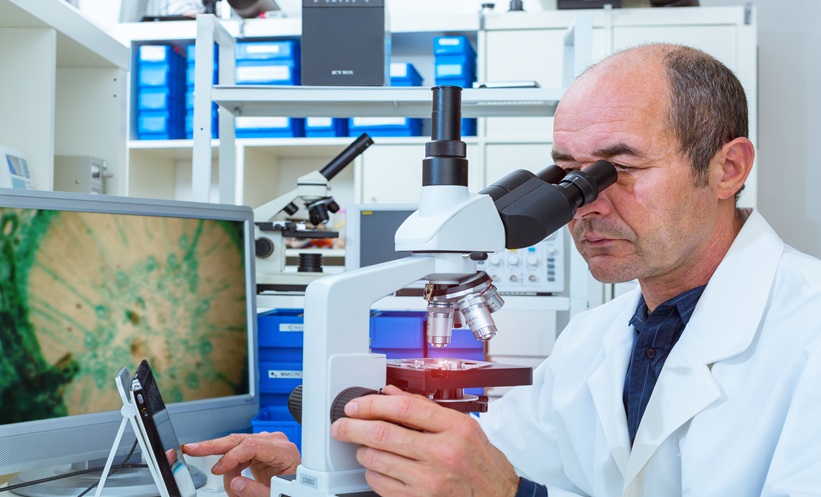INCREASING physical activity may reduce pain intensity for patients with a history of cancer, according to new research.
Survivors of cancer often experience ongoing pain throughout their lives. Christopher T.V. Swain, University of Melbourne, Australia, and colleagues, conducted a secondary analysis of data from the prospective CPS-II Nutrition Cohort to evaluate the relationship between physical activity and pain in adults with and without a history of cancer. A total of 51,439 adults without a history of cancer, and 10,651 adults with a history of cancer from the CPS II Nutrition Cohort were included. The primary outcome of the study was pain intensity, and the secondary outcome was analgesic use.
Moderate to vigorous physical activity (MVPA), and 2-year change in MVPA, were assessed by self-reported responses, categorised by 0, 1–3, 4–6, or ≥7 hours per week. Metabolic equivalent of task (MET) hours per week, which represent the energy costs of different physical activities relative to rest, were then calculated and recategorised as 0 MET hours (inactive), >0 but <7.5 (insufficiently active), >7.5 but <15 (sufficiently active), or ≥15 MET hours per week.
Results showed that MVPA was inversely associated with pain intensity, both for adults with a history of cancer (odds ratio [OR]: 0.84; 95% confidence interval [CI]: 0.76–0.93), and without a history a cancer (OR: 0.79; 95% CI: 0.75–0.82). Compared to participants who remained inactive, participants who became sufficiently active (cancer: OR: 0.76; 95% CI: 0.68–0.86; no cancer: OR: 0.73; 95% CI: 0.69–0.77), remained sufficiently active (cancer: OR: 0.66; 95% CI: 0.60–0.72; no cancer: OR: 0.62; 95% CI: 0.60–0.65), or were active but became inactive (cancer: OR: 0.79; 95% CI: 0.71–0.88; no cancer: OR: 0.84; 95% CI: 0.80–0.89), also reported less pain. The team found that physical activity was not related to analgesic use.
The study results highlight the benefits of MVPA on a weekly basis. “We just looked at the experience of pain, rather than the type of source of the pain, so we are not able to say what type of activity affects what type of pain,” noted Swain. He concluded that future research needs to consider how to support and encourage physical activity after a cancer diagnosis and treatment.








